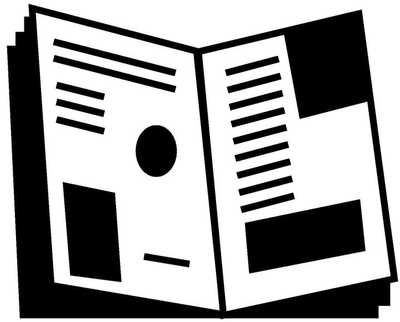Oftentimes translation companies like Trusted Translations can take care of the entire production process, from source file preparation to the final file design in the target language. Nevertheless, it’s never redundant to remind ourselves of a few fundamental guidelines for a design adaptable to any language, for more efficient communication on a global level.
Here are a few pieces of advice:
- Make the design simple. Leave sufficient blank space to accommodate at least 30% more text than you have in the original.
- Use simple fonts or ones commonly used that will be compatible with all of the characters in the target language. Likewise, if the design includes complex fonts, you should consider the possibility of substituting the original font for another one that does include all of the particularities of the target language (accents, special characters, etc.).
- Select graphics that are culturally appropriate for the audience we want to reach.
- Regarding the text, it’s convenient to minimize the number of clichés, word play, or expressions that might not make sense in the target language. For example, “the early bird gets the worm” can be rendered in Spanish as “el que pega primero, pega dos veces,” (“he who strikes first, strikes twice”). Nonetheless, the cultural differences with other countries where languages like Nepalese or Gujarati are spoken surprise us in that sometimes we find an equivalent proverb or saying; as a result, a literal translation would make no sense.
- Create style sheets or templates for documents whenever possible, and save a copy of the source files. Many times we find that the DTP Department receives a PDF, but without any source file, and they must reconstruct the client’s template from scratch.
- Unblock all password-protected files before sending them to be translated.
- Use OpenType fonts whenever possible. The majority of PC fonts don’t match the ones available on Mac. In general, translators work on PC’s and the fonts they use might not be available in certain programs or platforms.
These are simply a few bits of advice to speed up and optimize the process of document globalization, that is, transmitting a message or idea to the rest of the world and to two or more languages, free of cultural, geographical or historical baggage.
(Versión en español: Diseño gráfico a prueba de traducción)






